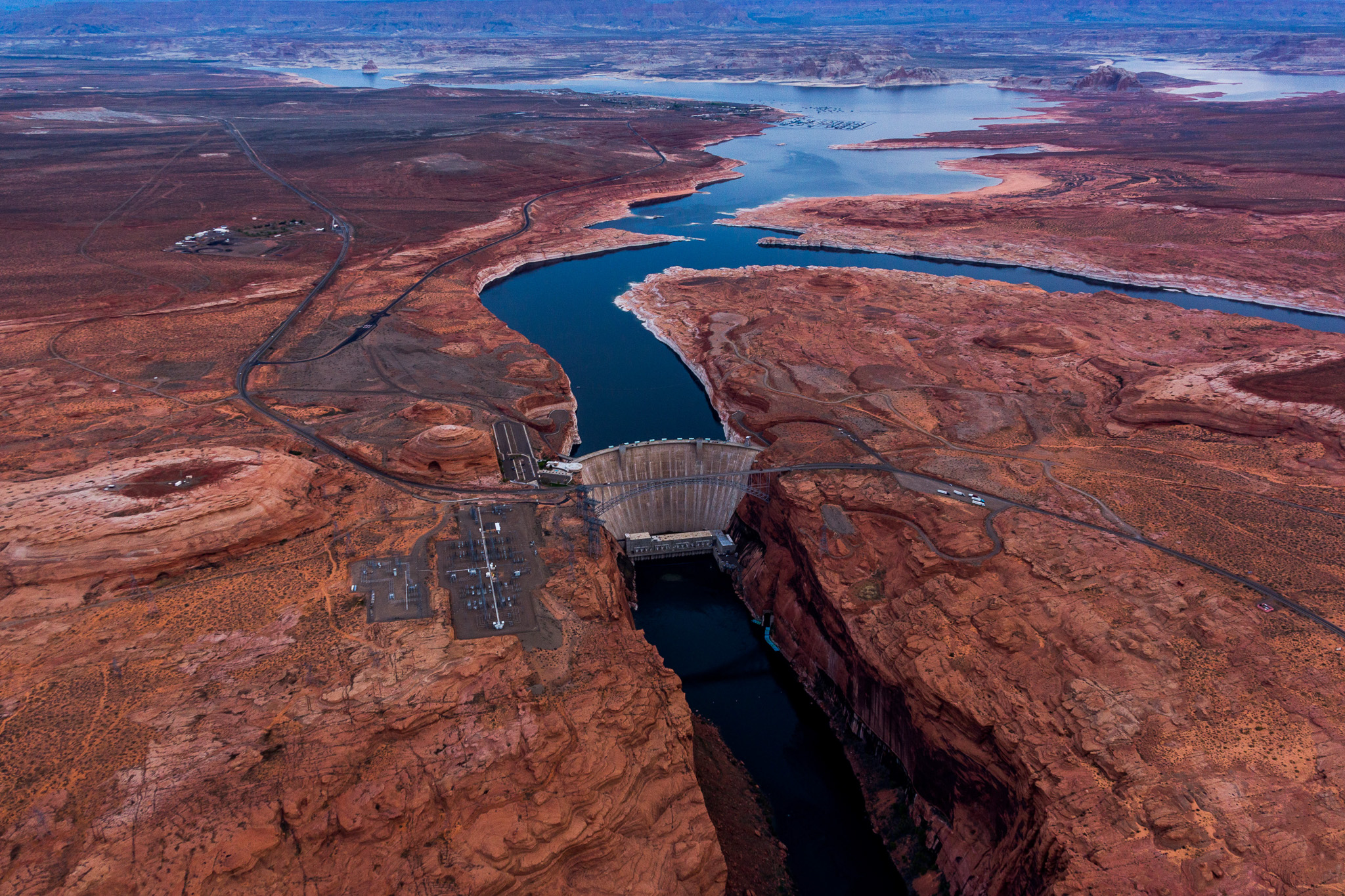Today the Great Basin Water Network and Living Rivers released the following statements after the Bureau of Reclamation published its Final Supplemental Environmental Impact Statement For Near-Term Colorado River Operations (FEIS).
The document imposes new emergency criteria on Arizona, California, and Nevada if reservoir elevations reach critical levels while maintaining the schedule of cuts for the Lower Basin in existing law. The document outlines no mandated cuts for the Upper Basin between now and 2026 and would not block those states from pursuing new dams and diversions on tributaries like the East Fork of the Virgin River, Blue River, West Fork of Battle Creek, and others that feed the main-stem. With unanimous support from the basin states, the Bureau of Reclamation will release this document for public comment and likely sign a Record of Decision finalizing the short-term agreement in the coming months, marking the end of a chapter on the mighty river written during the recent drought years.
While this near-term deal provides respite for water users, there is reason for long-term concern. Recent federal projections show elevations at Lakes Powell and Mead will be dropping in the coming years. And news reports suggest that state negotiators tasked with crafting a long-term deal required by law are at an impasse. As the differences between the Upper and Lower Basin states become starker, the future remains uncertain as to how we will manage the system when the terms of this EIS expire in 2026 and if hydrology takes a turn for the worse.
“What’s more important is what this document doesn’t explicitly say: With our below-average snowpack, we are quickly eating into our savings from last year’s big winter, and recent federal projections show that we are headed back to the brink of a crash in a few years,” said Kyle Roerink, executive director of the Great Basin Water Network. “We have no certainty looking past 2026, and that’s an unnerving prospect considering the likelihood of dry hydrology coming down the pike.”
“The captains of the Colorado River Basin are good at moving furniture on the decks of their showboats,” said John Weisheit, conservation director of Living Rivers-Colorado Riverkeeper. “This document buys us time with more of the same. The rubber will meet the road after 2026.”
The FEIS is aided by congressional appropriations that have helped secure an additional 3 million acre feet worth of cuts on the river between now and 2026, which is the deadline for implementing new long-term management criteria. Federal dollars will also help secure additional conservation agreements in the Upper and Lower Basin in the next two years. These funds and compensated reductions in consumptive use, all parties hope, will limit conflict and the likelihood of litigation.

